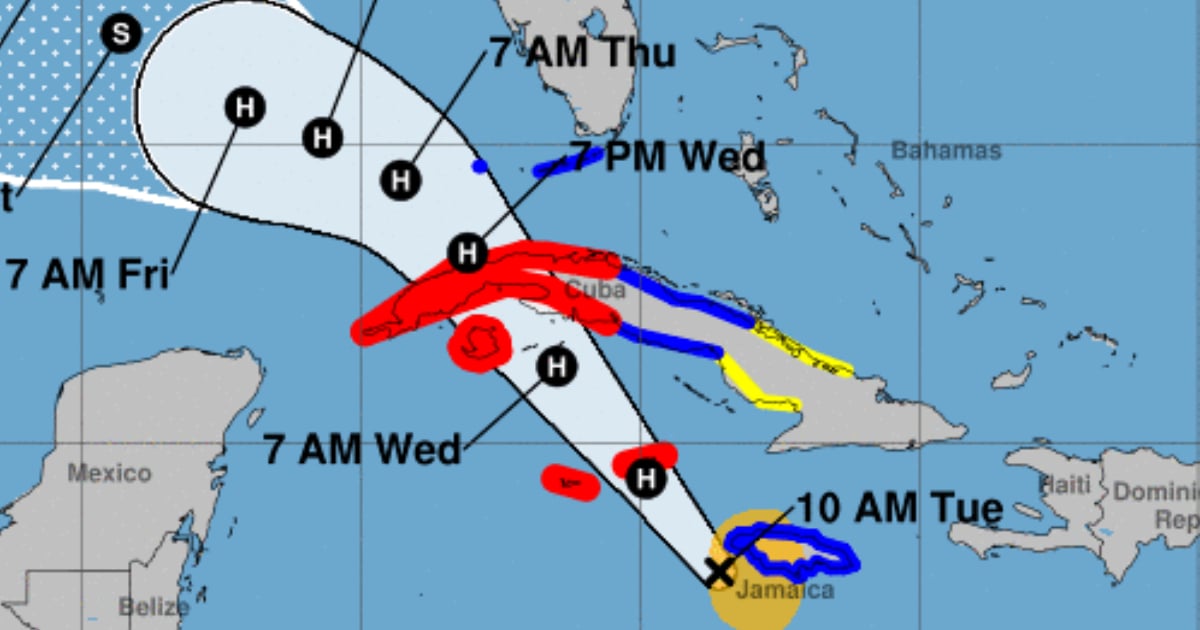The tropical storm Rafael is gaining strength as it moves towards western Cuba. According to the latest forecast model from the National Hurricane Center (NHC), the storm's right side, often referred to as the "dirty side," is set to directly impact Havana.
The International Hurricane Research Center, part of Florida International University, indicates that Rafael's most intense zone—expected to strike Cuba with hurricane force—could bring powerful winds, torrential rainfall, and dangerous surf, elevating disaster risks in the Cuban capital. This "dirty side" of a hurricane is notorious for another threat: tornado occurrences. The scientific institution clarifies that the "right side of the storm" is relative to its path. For example, if the hurricane is moving west, the right side is to the north of the storm; if it's moving north, the right is to the east, and so on.
Rafael's "dirty side," combined with the poor structural condition of buildings in Havana, poses a significant threat to city residents. Many structures are in critical condition and may not withstand hurricane-force winds. Additionally, heavy rains could exacerbate the risk of collapses in vulnerable buildings.
Urban Challenges and Public Health Concerns
The right side of Rafael also threatens to bring heavy rains that could lead to flooding in low-lying areas of the city, which already suffer from inadequate drainage systems. Adding to the woes is the concern over street sanitation, as accumulated garbage and waste could worsen public health conditions, especially with prolonged rain.
Havana faces a significant challenge with Rafael's arrival, potentially making landfall in Cuba as a Category 2 cyclone. Preparation will be crucial to minimize damage in a city already vulnerable to nature's forces.
In this dire scenario, Cuban leader Miguel Díaz-Canel claims the country is "prepared and organized" to face this new threat, a statement that starkly contrasts with the harsh reality of the government's recent crisis management.
